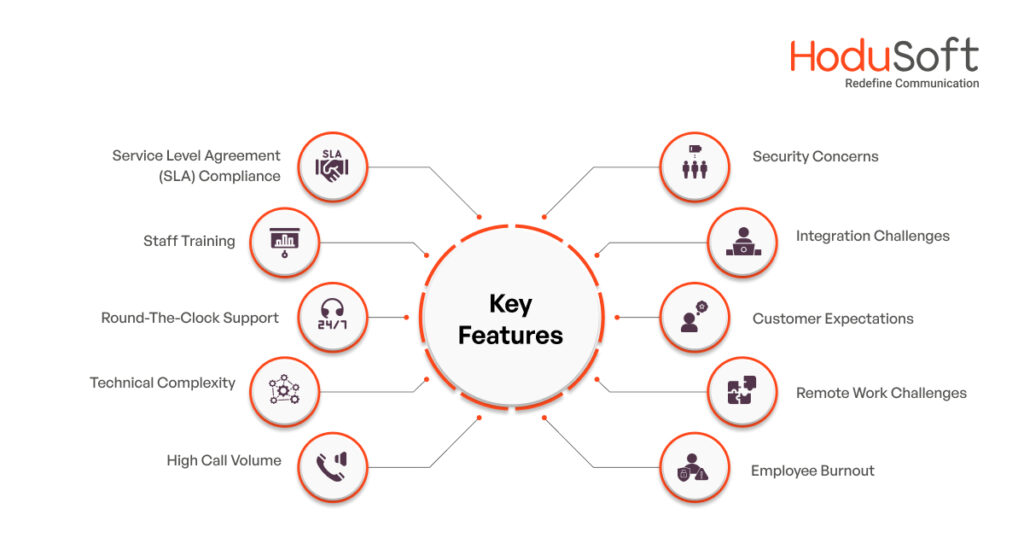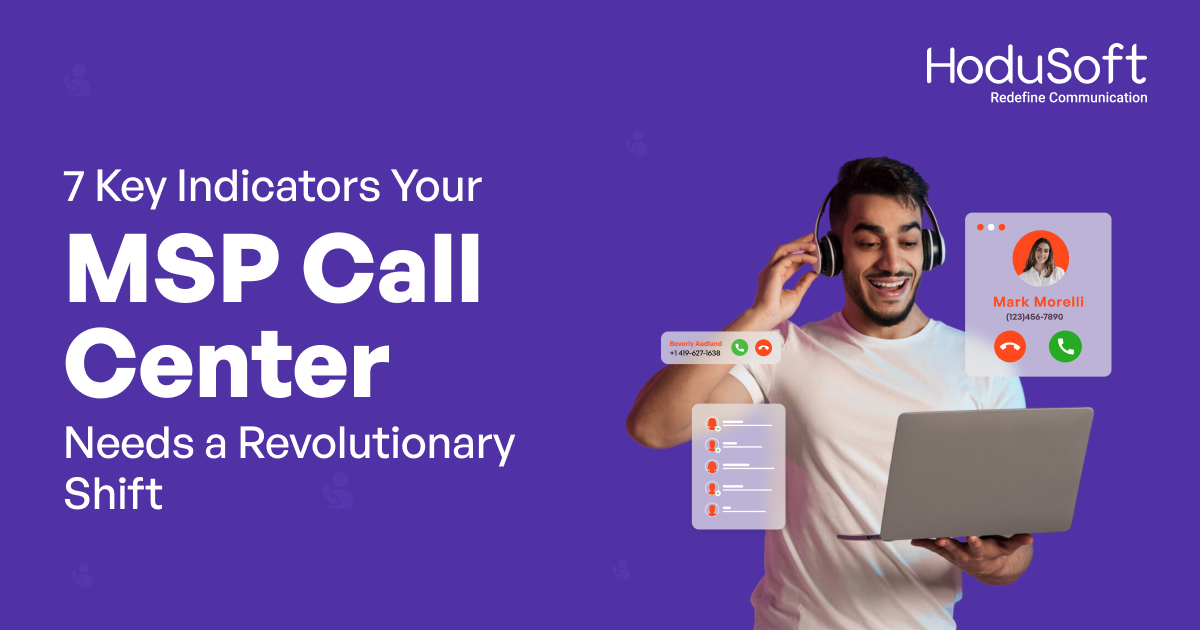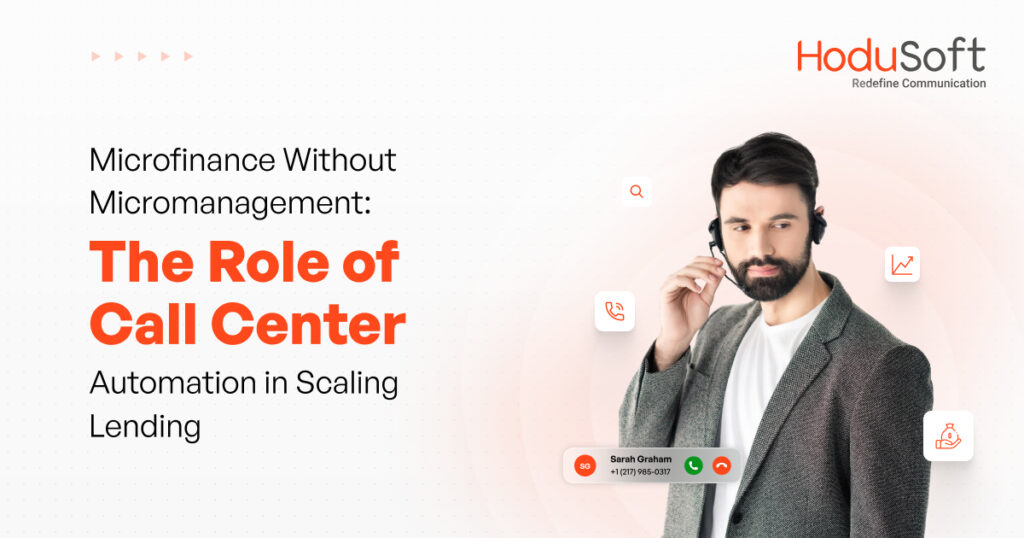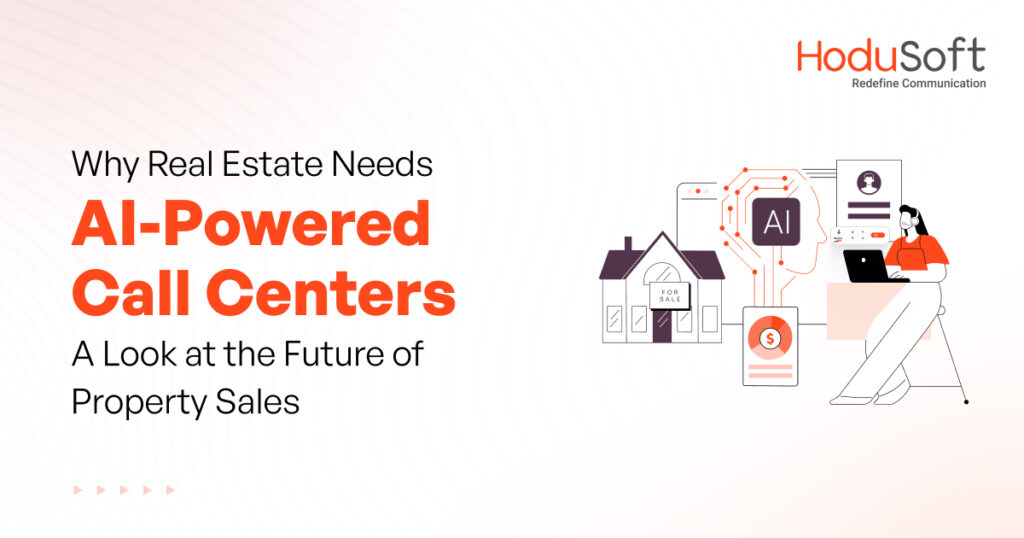7 Key Indicators Your MSP Call Center Needs a Revolutionary Shift
For Managed Service Providers (MSPs), a call center is extremely crucial. That’s one of their most potent tools to deliver exceptional customer service. The MSP market has become extremely competitive and customer service matters a lot in providing a competitive edge.
As per one recent study by Datto, MSPs, on average, serve 122 clients. Of them, almost 60 percent of clients have between one and 150 employees. When MSPs serve this many clients, it’s quite important for them to provide the best-in-class customer service.
More often than not, the call center operations of several MSPs lack the necessary resources and sophistication that can take customer service to the next level. MSPs must ensure that their call center is equipped with the right type of technology tools.
As an owner of an MSP, if you are struggling to achieve your desired goals then you may want to consider taking a closer look at your call center’s operations and tech stack.
In this blog post, we have listed the challenges MSPs’ call centers usually face, seven alarming signs that can indicate something is wrong in the call center operations, and six effective solutions. Read on and thank us later.
Challenges in MSPs’ Call Centers
Managed Service Providers (MSPs) operating call centers face several challenges that can impact the efficiency and effectiveness of their services. Some of these challenges include:

1. High Call Volume
In call centers, call volume is a metric used to measure the number of inbound calls in a specific period. MSP call centers often handle a large volume of calls. Especially during peak times. Managing call volume can be challenging while maintaining service quality.
2. Technical Complexity
Dealing with diverse technical issues requires a highly skilled and knowledgeable support staff. Keeping up with the latest technologies and troubleshooting a wide range of problems can be demanding.
3. Round-The-Clock Support
Many MSPs offer round-the-clock support, which can lead to challenges in managing shift schedules, ensuring staff availability, and maintaining consistent service quality at all times.
4. Staff Training
A recent stat revealed that almost 60 percent of employees never had workplace training. That’s quite shocking. Especially in the MSP industry, where a minor mistake can have huge ramification. Continuous training is essential due to the ever-evolving nature of technology.
5. Service Level Agreement (SLA) Compliance
Meeting SLAs and response time commitments is crucial for customer satisfaction. Striking a balance between quick issue resolution and maintaining service quality can be challenging.
6. Security Concerns
After 2020, cyberattacks on MSPs have increased leaps and bounds, reports suggest. Handling sensitive information and addressing security concerns add an extra layer of complexity. Ensuring data privacy and compliance with regulations is paramount.
7. Integration Challenges
MSPs often need to integrate their call center systems with various client environments. Compatibility issues and integration challenges may arise, requiring a proactive approach to maintain seamless operations.
8. Customer Expectations
Meeting and exceeding customer expectations is challenging, particularly in an environment where technology and customer needs are constantly evolving. Keeping customers satisfied can require agility and flexibility.
9. Remote Work Challenges
As per a recent study, 30 percent of MSPs will continue working from home even four years after COVID. This can be challenging in terms of communication, collaboration, and ensuring a secure environment for handling customer data.
10. Employee Burnout
The demanding nature of technical support can lead to employee burnout. Ensuring a healthy work environment, recognizing employee efforts, and providing adequate support are crucial for staff retention.
Alarming Signs that You Need to Do Something about Your MSP’s Call Center
There are several indicators that can serve as warning signs if your MSP’s call center is not working as efficiently as it should. Here are seven of those:

1. Long Wait Times and High Abandonment Rates
One of the most noticeable red flags is extended wait times for customers and high abandonment rates. For MSPs, the acceptable abandonment rate is between five and eight percent. If four out of every five calls are typically answered within 20 seconds, then there is nothing much to worry. However, if the abandonment rate goes north of 10 percent, then the abandonment rate is quite high and it should be a matter of concern.
If your clients are spending more time waiting to connect with a representative than actually resolving their issues, it’s a clear indication that your call center needs an overhaul. Today’s customers expect quick and efficient service, and failing to meet these expectations can lead to dissatisfaction and potential loss of business.
2. Inadequate Handling of Technological Advances
In his book ‘Profiles of the Future: An Inquiry into the Limits of the Possible,’ celebrated science fiction author Arthur C. Clarke remarked “Any sufficiently advanced technology is indistinguishable from magic.” He couldn’t be more right. The technology landscape is ever-evolving, and your call center should keep up with the latest advancements.
If your MSP call center is still relying on outdated systems, lacking integration capabilities, or struggling with compatibility issues, it’s time for a technological revolution. Investing in cutting-edge solutions can enhance efficiency, streamline processes, and ultimately improve the overall customer experience.
3. Lack of Proactive Support
Noted American author and orator John C. Maxwell said “If you’re proactive, you focus on preparing. If you’re reactive, you end up focusing on repairing.” Another best-selling author of all-time Stephen Covey said, “The proactive approach to a mistake is to acknowledge it instantly, correct and learn from it.”
Modern MSPs are not just reactive; they are proactive in addressing customer needs. If your call center is solely focused on resolving issues after they arise rather than preventing them, you’re missing out on a significant opportunity. A revolutionary call center should employ predictive analytics, monitoring tools, and proactive outreach to identify and resolve potential issues before they impact the customer.
4. Limited Multichannel Support
Multichannel, if not omnichannel support, is extremely important in today’s time. Customers today communicate through various channels, such as phone, email, chat, and social media. As per data from Webinar Care, nine out of every ten customers expect interaction with brands across multiple channels. Almost three-fourths of customers would connect with brands that provide multi-channel customer service.
If your MSP call center is primarily focused on one channel and neglecting others, you’re limiting your ability to reach and assist clients effectively. A revolution in your call center strategy should prioritize multichannel support, ensuring seamless communication across all platforms and meeting customers wherever they are.
5. Insufficient Training and Development Programs
The success of a call center heavily relies on the skills and knowledge of its agents. If your team lacks the necessary training to handle diverse technical issues, customer service challenges, or evolving industry trends, it’s a sign that your call center is holding you back. As Henry Ford once said, “The only worse thing than training your employees and having them leave is not training them and having them stay.”
Implementing continuous training and development programs is essential for keeping your team up-to-date and empowered to provide exceptional service. As Leonardo da Vinci quoted, “Learning is the only thing the mind never exhausts, never fears, and never regrets.”
6. Low Visibility into Key Data
Noted American entrepreneur Andy Dunn rightly said, “Passion provides purpose, but data drives decisions.” Having low visibility into essential data means operating in the dark when it comes to understanding the performance of your call center. For effective decision-making, it’s crucial to access key metrics in real time, such as:
- Call volume by day
- Average Handling Time
- First Call Resolution
- Abandon rates
- Queue status
But MSPs that use below-average call center solutions lack the access to key real-time data. Upgrading to sophisticated call center software can enable MSPs to not only identify bottlenecks and optimize processes but also make the right data-driven decisions.
7. High Call Volume
For small and mid-sized MSPs, too much call volume, points to a critical operational challenge. When your front-line staff is consistently inundated with calls, it can lead to burnout, increased handling times, and a decline in customer service quality. Overwhelmed staff may struggle to provide personalized attention, resulting in frustrated customers.
Furthermore, prolonged wait times and full voicemail boxes are clear indicators that your current call management processes are inadequate. This situation underscores the urgent need to establish a structured call center with dedicated resources and robust call center software. By implementing tools like Automatic Call Distributors (ACDs), you can efficiently manage call flow, optimize resource allocation, and enhance overall customer experience.
Ways to Transform Your MSP Call Center
Now that you are aware of the warning signs, it’s time to equip yourself with the right solutions that can enable you to get the best out of your call center. Here are six things you should do to transform your MSP’s call center.
1. Handpick the Right Call Center Software
When it comes to transforming your MSP call center, nothing can beat the power of investing in the right communication solution. To transform your MSP’s call center, choose the right call center software. Make sure the software provider has the right experience and track record in providing high-quality call center solutions to a wide range of MSPs, ISPs, ITSPs, and other professional service providers. Pick specialized, robust, and adaptable functionalities seamlessly integrated CRM capabilities. Prioritize selecting routing configurations.
2. Invest in Advanced Training Programs
A highly-productive MSP call center doesn’t just rely on selecting the right software. It also prioritizes the continuous development of its human resources. Investing in advanced training programs is crucial to ensure that your call center agents stay abreast of the latest industry trends, technologies, and customer service best practices. Equip your team with the skills they need to handle evolving customer needs, technological advancements, and the intricacies of your products or services.
3. Implement Omni-channel Support
To truly revolutionize your MSP call center, it’s essential to embrace a multichannel support strategy. In today’s interconnected world, customers expect to interact with businesses through various channels, which include:
- Phone
- SMS
- Instant messaging
- Webchat
- Social media
The right call center software would facilitate this integration. This will empower your call center agents to handle interactions from diverse channels within a unified interface.
4. Prioritize Proactive Customer Engagement
Move beyond reactive support and prioritize proactive customer engagement. Leverage data analytics and customer insights to anticipate potential issues, address concerns before they escalate, and provide personalized solutions. A customer-centric MSP call center doesn’t merely resolve problems—it actively works to enhance the overall customer experience through strategic and anticipatory engagement.
5. Integrate Artificial Intelligence (AI) and Automation
Embrace the power of technology by integrating artificial intelligence (AI) and automation into your call center operations. AI-driven chatbots, virtual assistants, and automated processes can significantly enhance efficiency, reduce response times, and handle routine inquiries, allowing human agents to focus on more complex tasks. The right call center software with AI capabilities can revolutionize the way your MSP handles customer queries, making operations more efficient and adaptive.
6. Implement Real-Time Analytics
To stay ahead in the dynamic MSP landscape, real-time analytics are indispensable. Implementing a call center software solution with robust real-time analytics capabilities empowers your management team to:
- Make informed decisions
- Monitor key performance indicators
- Track call volume trends
- Analyze agent performance in real-time
Taking Everything Into Consideration,
Your MSP’s call center is extremely important when it comes to ensuring the success of your overall business. Your call center can make or break your MSP’s business.
That’s why MSP owners need to handpick the right call center solutions and partner with a reliable and reputable communication service provider with a proven track record.
At HoduSoft, we have revolutionized the call center operations of many MSPs of all sizes with our HoduCC call center software. If you are curious to know more about our call center software, contact us today to book a free demo.
Discover how to revolutionize your MSP call center and unlock hidden potential.
Connect with HoduSoft Expert Now!



